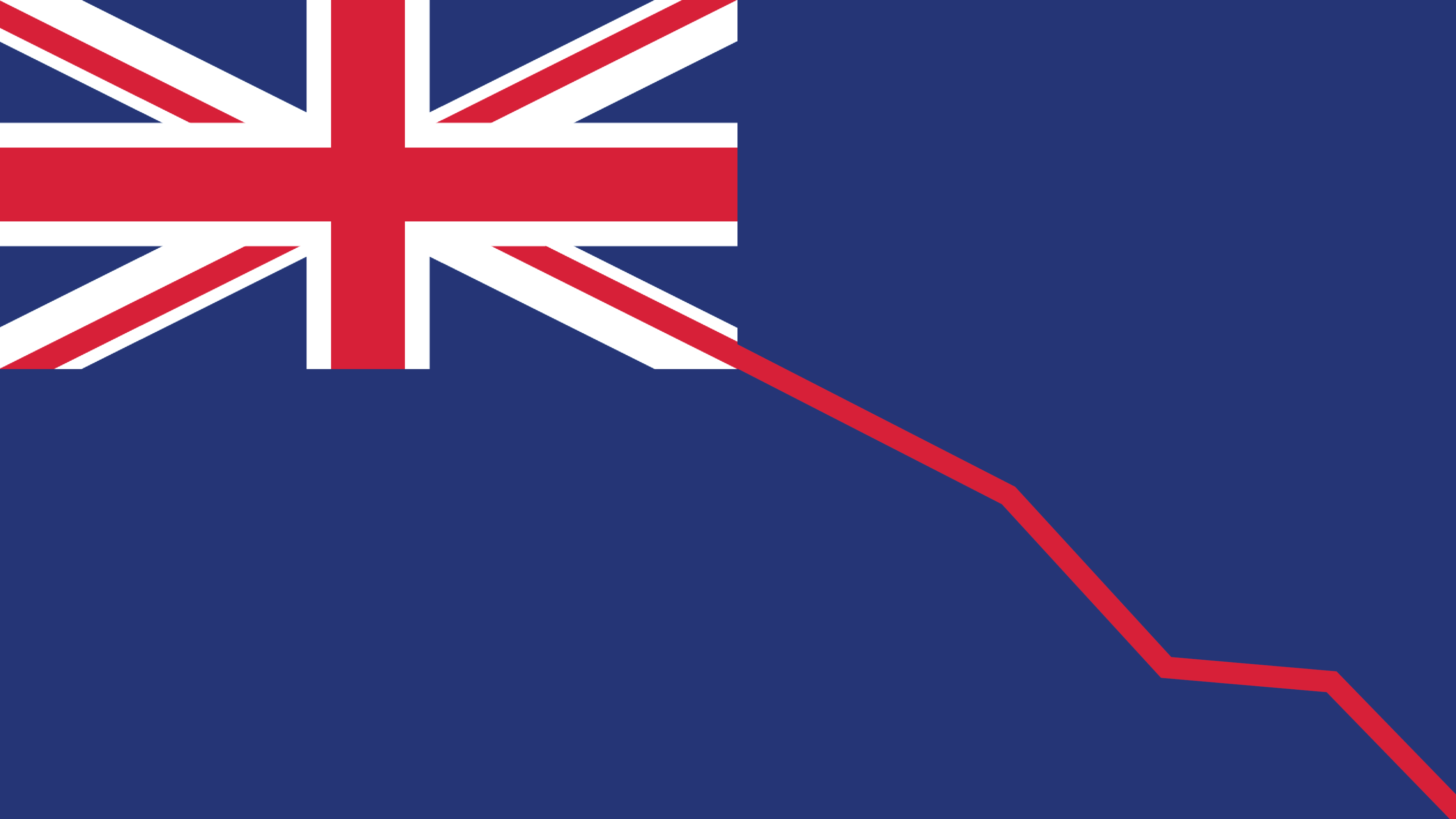Apr 8, 2025 Society
If Nicola Willis manages to present credible medium-term Budget numbers on 22 May, she will have successfully rewritten the laws of mathematics. The finance minister’s efforts to be a prudent steward of the government’s books have been undermined by two fiscal holes, the first dug by her own prime minister and the second a legacy of her Labour predecessor. Her own fiscal timidity hasn’t helped.
Willis landed the finance job after Simon Bridges decided in March 2022 to quit Parliament less than a fortnight after Christopher Luxon promised big tax cuts, reportedly without fully involving Bridges in the decision. As the numbers deteriorated over the next 18 months, Willis managed to walk back some of Luxon’s promises, but still had to find $15 billion in her first Budget to deliver what remained. Largely as a result, the government’s forecast operating deficit through to 2028 worsened by over $10 billion.
Then, just before Christmas last year, Treasury revealed that since the 2024 Budget the operating deficit over the next three years had blown out by another $17 billion, mainly because of the slowing economy after Grant Robertson’s two years of post-Covid excess. Combined, Luxon and Robertson’s fiscal irresponsibility meant Willis began negotiations for this year’s Budget around $27 billion behind where she was the day she was sworn in.
Her cash deficit in the three years to 2028 was forecast to be $31 billion worse than believed in late 2023. When you include capital spending, Willis is now set to preside over the country’s gross public debt exploding by another $94 billion in her first five years in the job, more than the $88 billion increase in Robertson’s six years
According to the operating-balance measure used by finance ministers for three decades, Willis now won’t deliver a surplus at all in the 2020s, with just $224 million pencilled in for 2030/31, assuming no shocks in the meantime. Treasury says New Zealand has been running a structural deficit since 2019, meaning that, for the first time since the reform era of the 1980s and early 1990s, we won’t achieve a surplus even when the economy grows. Finding all this embarrassing, the government invented a new measure, suggesting a surplus might arrive in 2028/29 — as long as you ignore losses by the accident compensation scheme, which seem locked in at about $4 billion a year.
But even that cute move probably won’t deliver the government a good-news headline four years from now, since Willis’s allowances for new spending over the next few years are impossibly tight.
Infrastructure New Zealand says the country has an infrastructure deficit of more than $200 billion — the gap between what we need to spend to keep our infrastructure up to date and the amount budgeted to do so. ASB thinks it’s more like $1 trillion over the next 30 years. The government itself boasts of a $120 billion infrastructure “pipeline”, largely unfunded. Yet Willis has committed to new capital allowances for the next four Budgets of only $3.6 billion a year. The next time you hear the government promise a new road, railway, ferry, hospital, school, frigate, tank or Air Force plane, remember to check whether it’s just an ‘announceable’ to get through a bad media patch or a genuine project for which Willis has allocated money.
Willis’s allowances for new operating spending are even more heroic, at only $2.4 billion for each of the next four Budgets. According to Treasury, with total government spending coming up to $200 billion a year, that’s not enough to cover population growth, business-as-usual cost pressures or the ageing Baby Boomers, let alone anything else. Although it’s not all bad news: with record numbers of people fleeing before the inevitable economic collapse, population growth will probably be less than previously believed.
The government says further cuts to the central bureaucracy will make up the difference, but it will struggle to find more than a few more billion a year being wasted in Wellington. In any case, the government has so far proven timid in truly slashing the bureaucracy, opting to trim staff numbers by less than 10% while refusing to seek meaningful savings by abolishing whole departments.
The probability Willis will stick to her capital and operating allowances through at least two more election cycles — or that coalition negotiations will respect them — is vanishingly small. No one believes any government — least of all a National Government — will really cut the annual police budget by $344 million or 13% by 2029, or leave defence spending flat at $3.2 billion a year, as current forecasts suggest. Even just to remain part of Nato’s Indo-Pacific Four (along with Japan, South Korea and Australia) to which Jacinda Ardern signed us up in 2022 and Chris Hipkins and Luxon recommitted, defence spending will need to at least double. And that was before China’s recent moves in the Cook Islands and Tasman Sea, and Donald Trump’s abandonment of both Ukraine and the US’s post-1945 security guarantees.
But were Willis, despite all this, to somehow manage a surplus or two early next decade, nothing has yet been done to plan for the post-2030 fiscal crisis caused by the Baby Boomers finally retiring, getting sick and dying (which Treasury has been warning about since the 1990s). Treasury will update us on that forecast calamity later this year — as it has done every few years since 2006, with the outlook worsening each time as our increasingly unimpressive political leaders have remained possums caught in the fiscal headlights.
Willis’s house of cards also depends on there being no further economic shocks this decade, or ever. Archly, Treasury points out that recent governments have proven excellent at speedily charging up the taxpayers’ credit card when faced with earthquakes, floods, pandemics or financial shocks, but have been much less talented at putting the card away again when the crisis has passed, let alone making repayments.
Were Wellington destroyed by an earthquake, markets to crash because of Trump’s trade war or China to stop buying our milk powder, Willis (or Labour’s Barbara Edmonds if next year’s election goes the way of the current polls) could be trusted to start throwing money out the Beehive door the next day, and the Reserve Bank to quickly start printing it again. But afterwards, none of them could be trusted to be as fast to lock up the vault again or demand some of the cash back.
Since 2008, our governments have proven capable of destroying our fiscal position in a matter of months, but incapable of making much if any progress restoring it over the following decade. Based on recent experience, Treasury believes it would be prudent to assume natural disasters and other shocks will cost us about 10% of GDP every decade — around $50 billion. Nobody has made any provision for that. The old Earthquake Commission’s balance sheet has been wiped out.
The prime minister says all this can be fixed by “growth, growth, growth”, but that isn’t true with a structural deficit. In any case, his year of growth is no more substantial than Ardern’s pathetic “year of delivery” in 2019. Visas for digital nomads, selling passports for US$2.5 million and a new budget airline service from Vietnam do not an economic strategy make.
Treasury will make Willis’s Budget numbers add up, at least to comply with the Public Finance Act. But the laws of mathematics can’t be reconciled with the slightest addition of political reality for them to be relied upon heading into election year. If Willis won’t seriously cut spending, then Edmonds will need to dramatically increase taxes. There’s no other way out.






